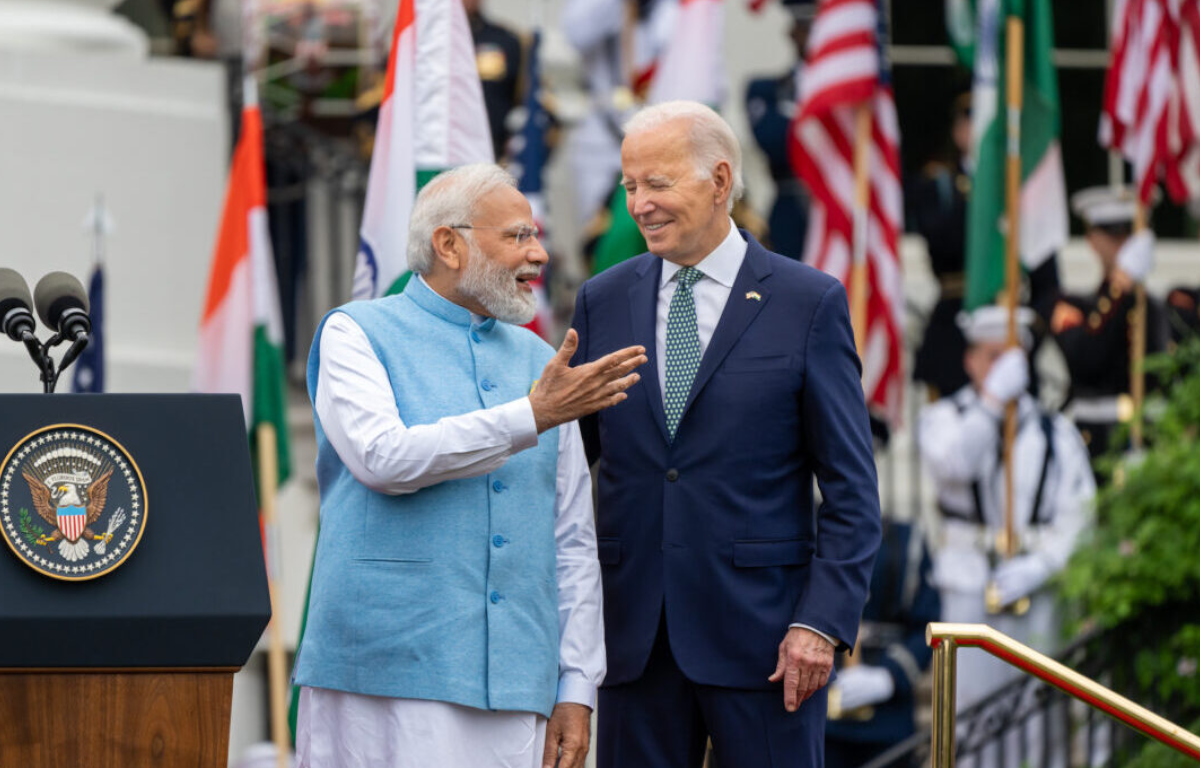
India’s drive to diminish dependence on Chinese products and technology began with the sweeping ban on numerous well-known Chinese apps, such as TikTok and PUBG. The motivation behind this move was rooted in data security and national defense concerns. The ban sent a powerful signal about India’s determination to protect its digital ecosystem.
Now, India is expanding its efforts to limit Chinese influence in strategic sectors where it has been substantial. The objective is not merely to decrease reliance but also to invigorate the domestic industry and promote self-sufficiency. India is particularly focusing on the following strategic sectors:
Telecommunications: India is imposing limitations on Chinese participation in essential infrastructure projects and 5G network development.
Pharmaceuticals: In response to heavy reliance on Chinese suppliers for pharmaceutical ingredients, India is bolstering domestic API production and diversifying supply chains.
Infrastructure: India is more meticulously scrutinizing Chinese investments in infrastructure projects near border regions to protect national security interests.
Defense: Efforts are underway to reduce dependence on Chinese components and materials in the defense industry, aligning with the ‘Make in India’ initiative.
Automotive Industry: Indian automakers are working to diminish Chinese influence and enhance self-reliance in the automotive sector.
India’s recent drive to limit Chinese involvement in strategic sectors aligns closely with its ‘Atmanirbhar Bharat’ initiative. This initiative seeks to foster self-reliance by encouraging domestic manufacturing, innovation, research, and development, reducing dependency on foreign imports, and increasing the nation’s capabilities in various domains.










Share this: